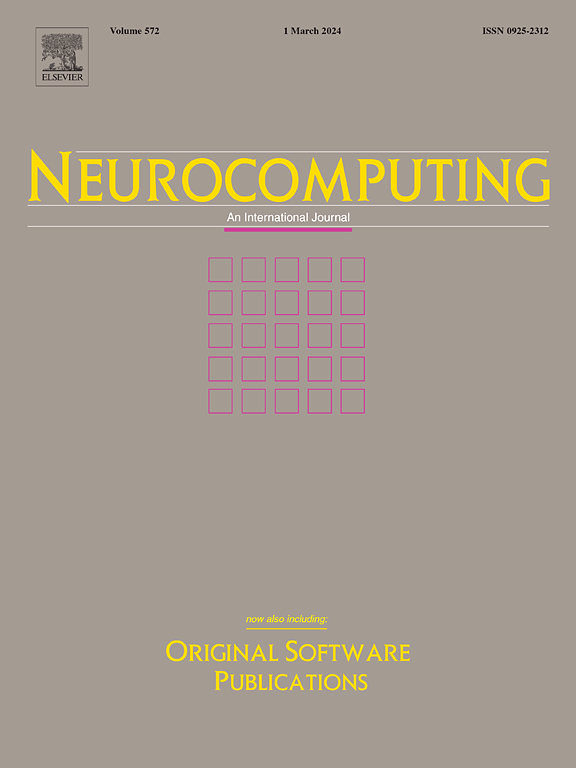Unifying the syntax and semantics for math word problem solving
IF 5.5
2区 计算机科学
Q1 COMPUTER SCIENCE, ARTIFICIAL INTELLIGENCE
引用次数: 0
Abstract
Math word problem solving is a complex task for natural language processing systems, requiring both comprehension of problem descriptions and deduction of accurate solutions. Existing studies have shown that graph-based approaches can achieve competitive results by applying multilayer graph neural networks to syntactic structure graphs. However, challenges such as incorrect parsing of syntactic dependency trees and insensitivity to numerical information may lead to misinterpretations in the representation. In this paper, we introduce a novel synthetic graph, the Number-Centered Synthetic Semantic Graph (NC-SSG), to address these challenges by reorganizing the dependency tree layout around numerical elements. We propose a double-channel graph transformer to enhance the connections between numbers and their contextual elements, thereby improving the understanding of problem descriptions. Additionally, we present a question-driven tree decoder to generate more accurate solutions, aiming to overcome shallow heuristics. Our approach mitigates the impact of parsing errors in syntactic dependency trees, yielding more precise representations and solutions. Experimental evaluations on two benchmark datasets demonstrate that our solver outperforms previous methods and achieves competitive performance compared to large language models.
求助全文
约1分钟内获得全文
求助全文
来源期刊

Neurocomputing
工程技术-计算机:人工智能
CiteScore
13.10
自引率
10.00%
发文量
1382
审稿时长
70 days
期刊介绍:
Neurocomputing publishes articles describing recent fundamental contributions in the field of neurocomputing. Neurocomputing theory, practice and applications are the essential topics being covered.
 求助内容:
求助内容: 应助结果提醒方式:
应助结果提醒方式:


